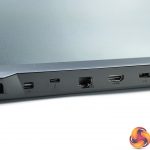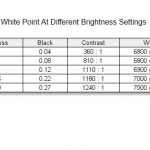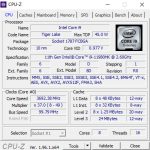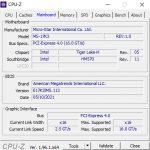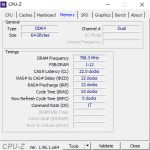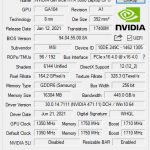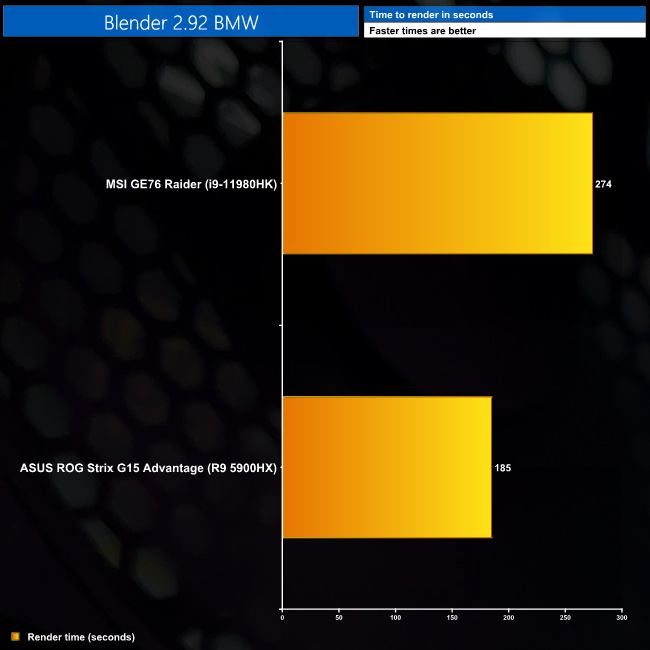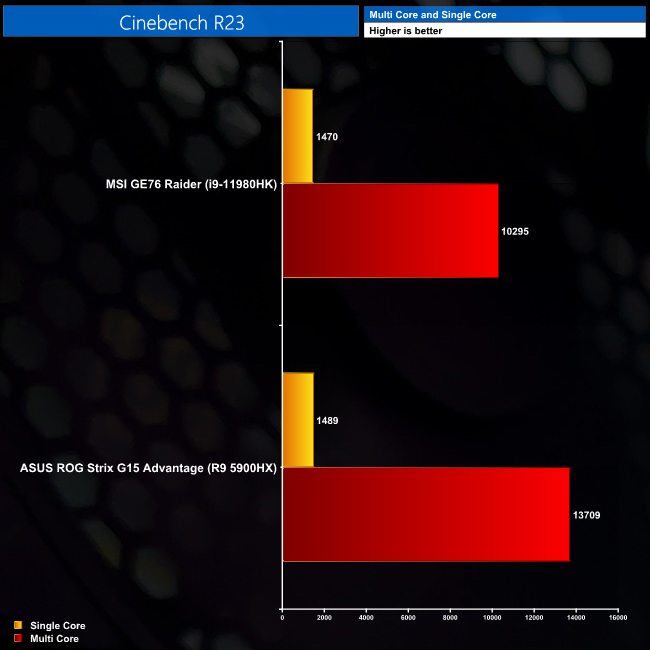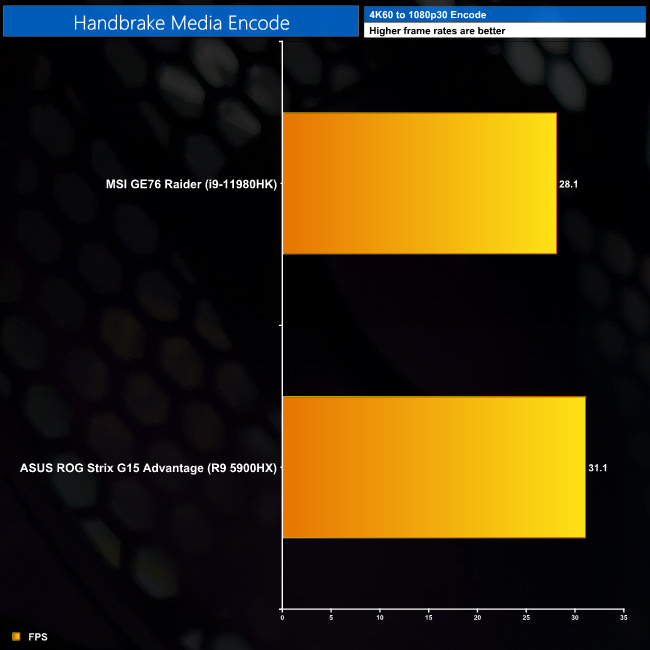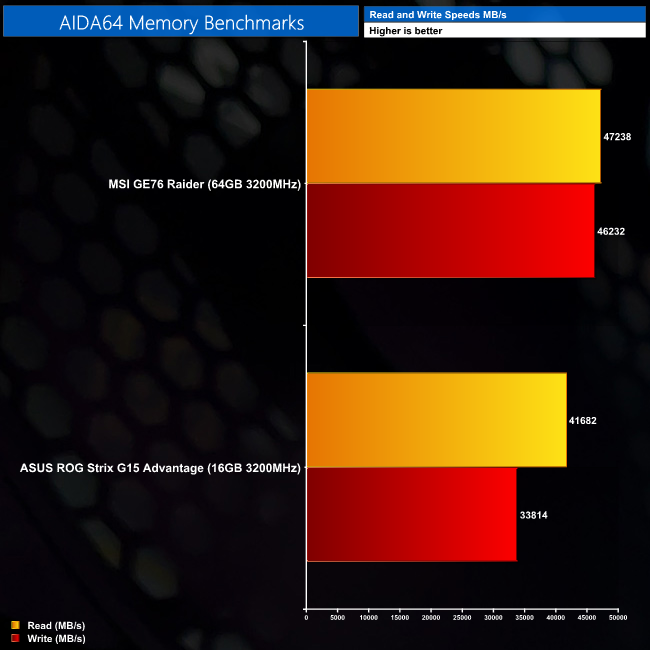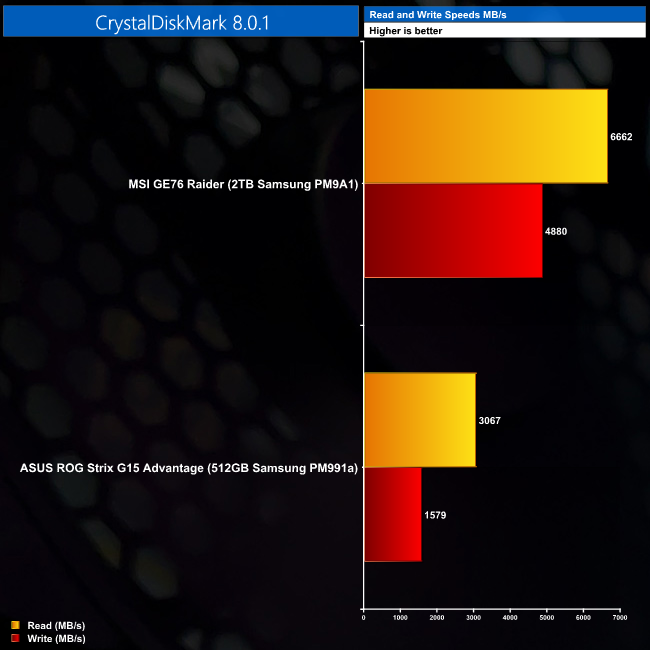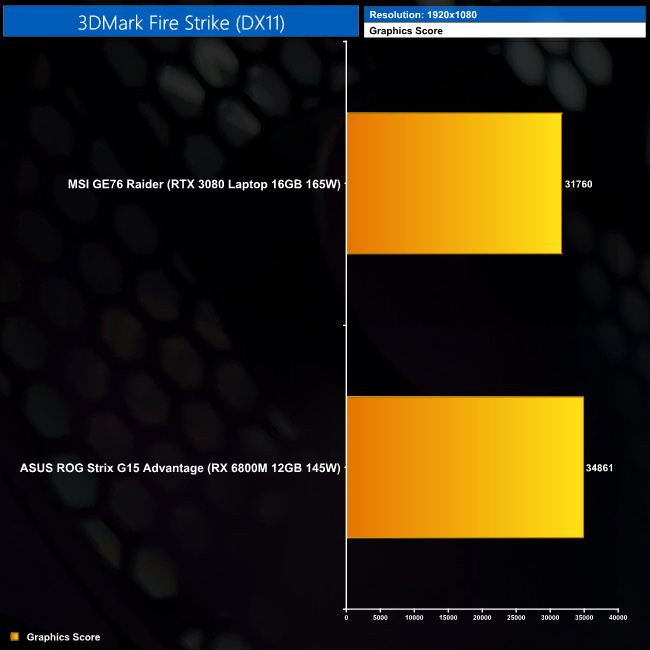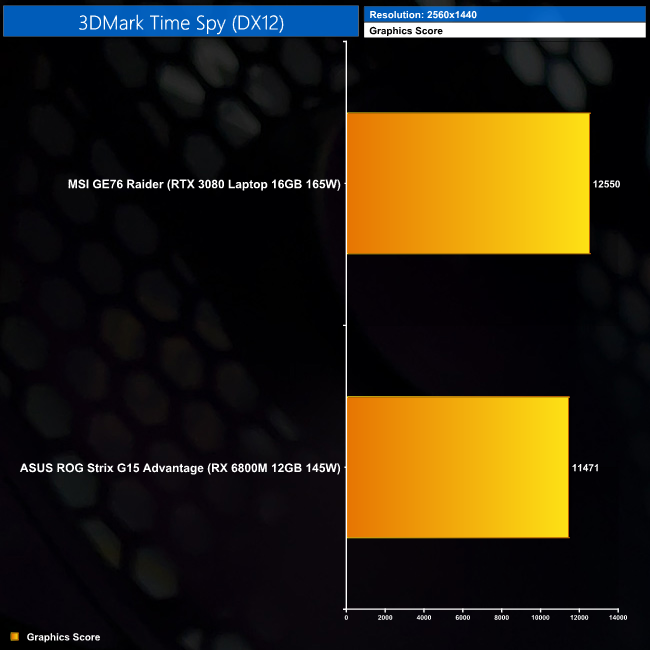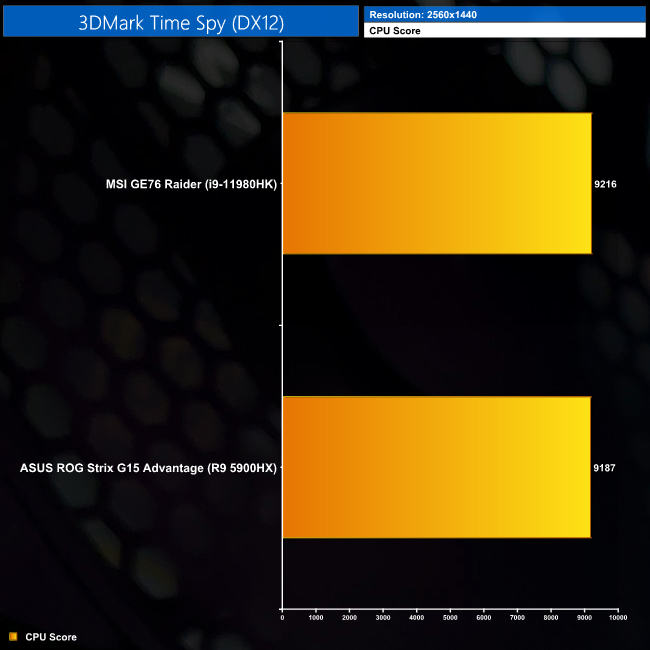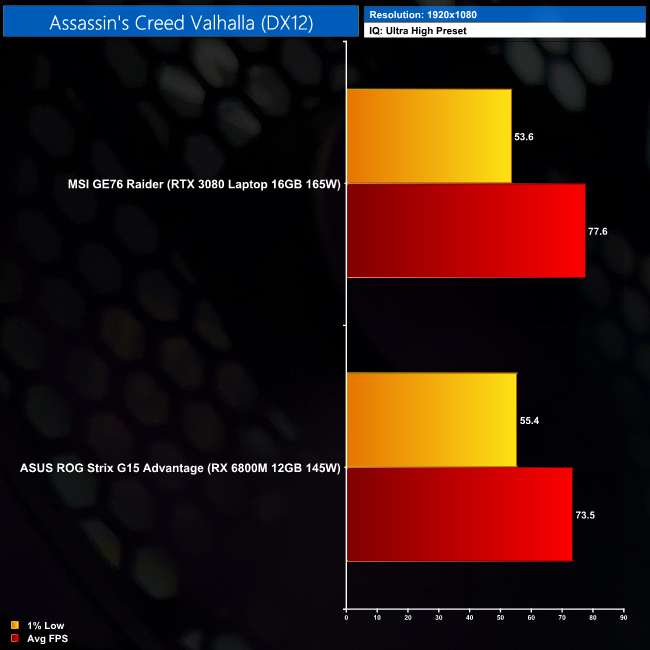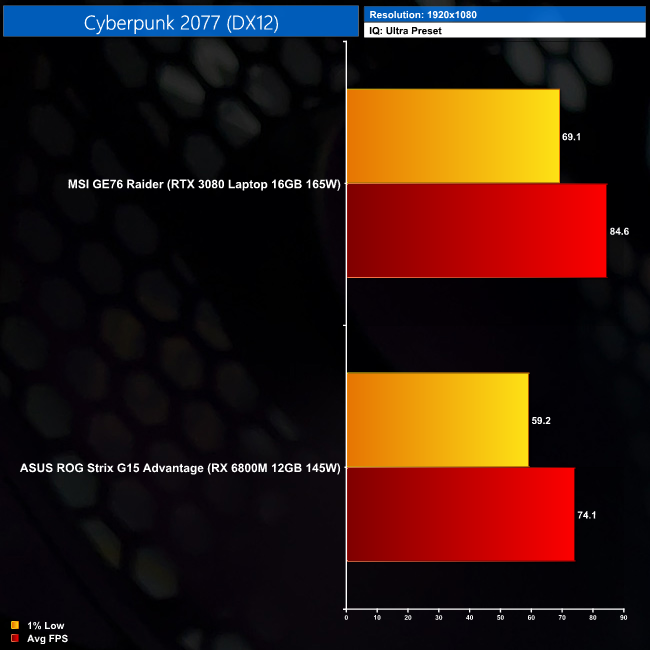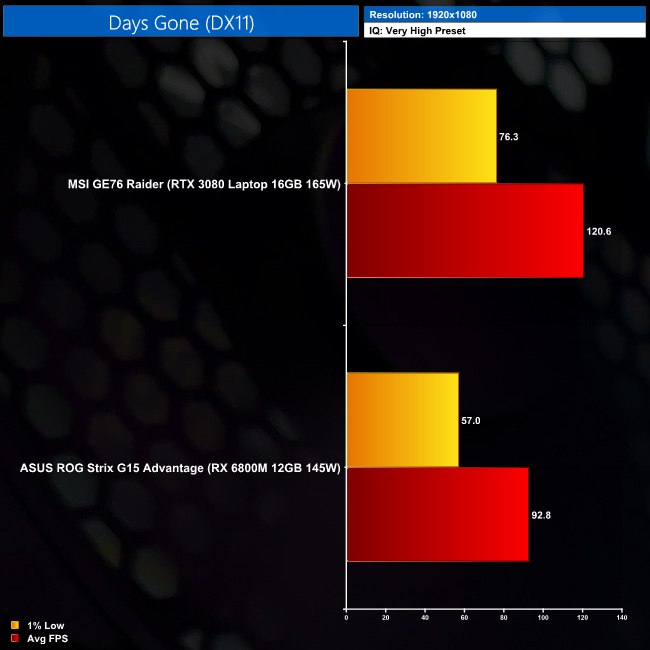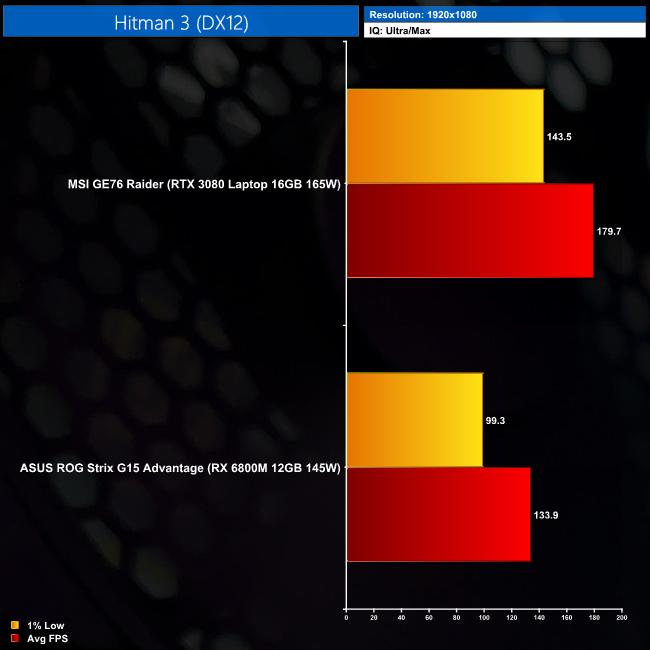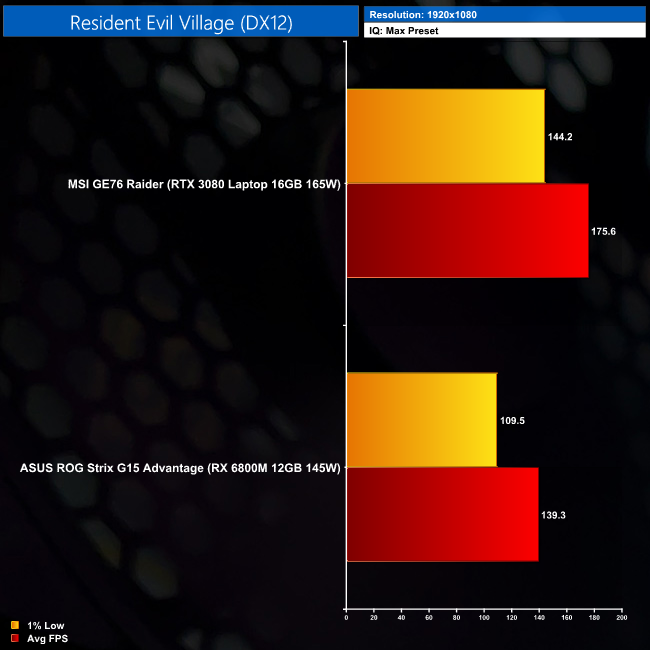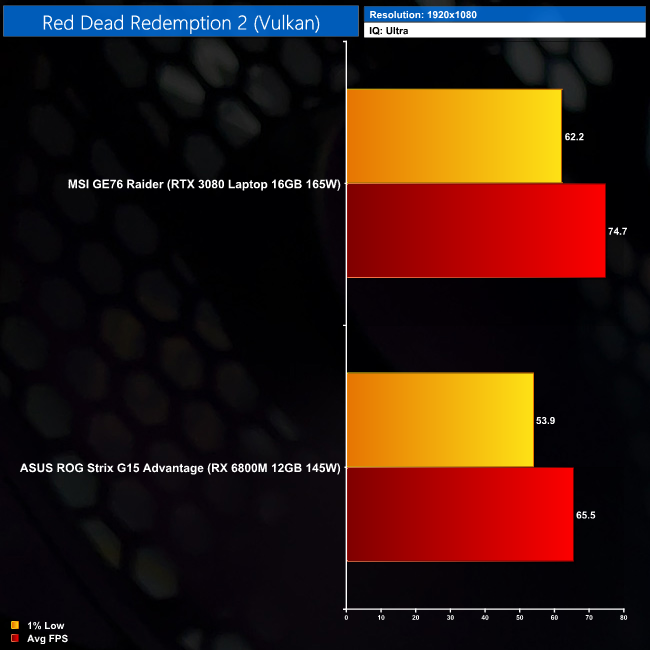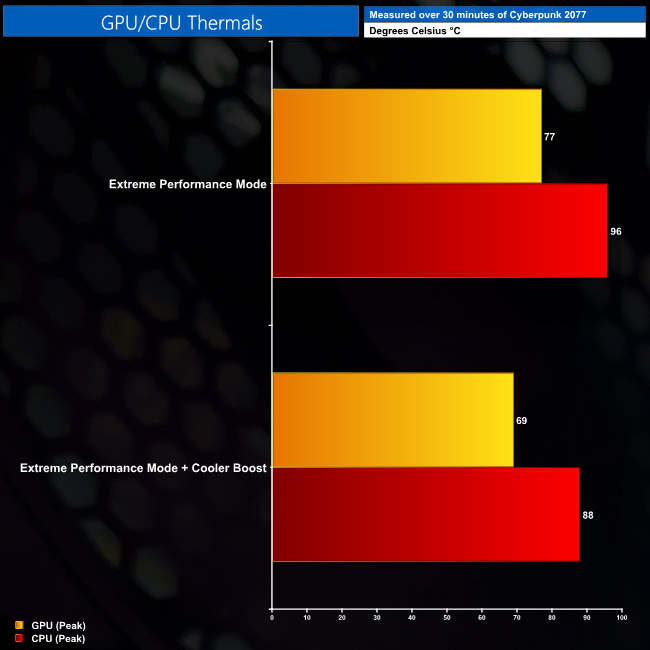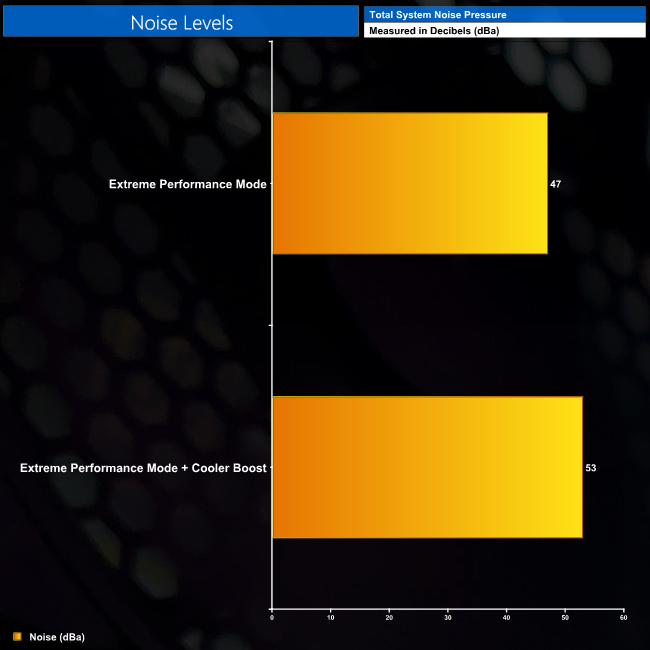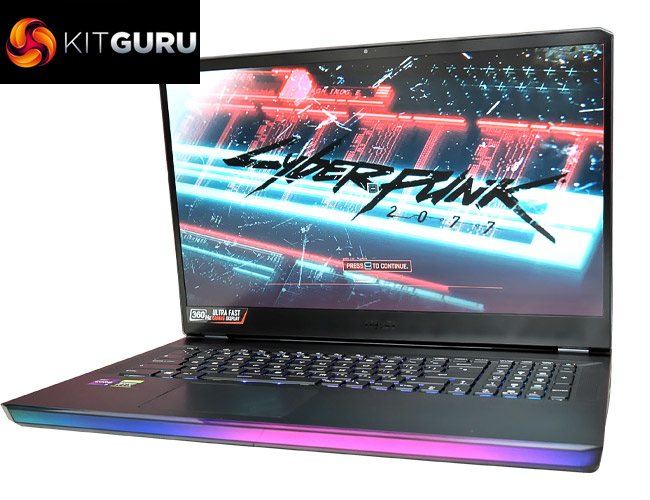
The MSI GE76 Raider is a high-end gaming laptop, featuring flagship mobile silicon from both Intel and Nvidia. That means the 8-core i9-11980HK, alongside a 165W RTX 3080 16GB Laptop GPU, so you can bet this machine will be churning out high frame rates in the latest games. Those components are joined by 64GB DDR4 memory, a 2TB PCIe 4.0 SSD and a blazing-fast 360Hz display. Priced at £4200, will the Raider sink or swim?
Specifications:
- Screen Type: 17.3″ FHD 360Hz, Thin Bezel, 1920 x 1080 Resolution
- Processor: Intel® Core™ i9-11980HK Processor 2.60 GHz – 5.00 Ghz
- Graphics: NVIDIA® GeForce® RTX 3080 Graphics (16GB GDDR6 dedicated)
- Storage: 2TB NVMe PCIe Gen3x4 SSD
- Memory: 64GB DDR4 3200mhz (2 x 32GB)
- Operating System: Windows® 10 Home
- Ethernet: GB LAN
- Wireless: WiFi 6E . Intel AX210 (2×2)
- Bluetooth: 5
- 1x Type-C Thunderbolt4 / PD
- 1x Type-C USB 3.2 gen 2
- 1 x Type-A USB 3.2 gen2
- 2 x Type-A USB 3.2 gen1/
- Display Ports: 1x HDMI 2.1 (4K @ 60Hz), 1 x Mini Display Port
- Dimensions: 397 x 284 x 25.9 mm
- Weight: 2.9 Kgs
- Warranty: 2 Year
- Battery: 99.9 Whr
Taking a look at the design of the GE76 Raider, as you’d expect from a high-end 17-inch laptop, the chassis is fairly chunky by modern standards, coming in at 3.3cm thick (when measured from the desk) while weighing 2.9KG. It’s not an absolute brick, but it’s hardly a thin-and-light machine. It is well built though, with very little flex to the body and just a bit in the screen, but I’d have no worries about travelling around with this in a backpack.
The styling is also fairly relaxed as gaming laptops go, with the most obviously area of ‘gamer' flair being the large RGB light strip at the front, but the rest of the machine looks quite smart in my opinion.
Opening up the lid we get a look at the full size keyboard, so it does include a numpad, and this is another collaboration with SteelSeries, with per-key RGB lighting. It’s not a mechanical keyboard though which I do find a bit disappointing considering the price – the action on the keys is fine for a standard scissor switch, but it’s nothing special and I would’ve liked to see low-profile mechanical switches used here instead.
Similarly for the trackpad, it’s serviceable for basic tasks, but it does look a bit on the small side to me when you consider how much space there is around it. The integrated click is also a bit spongy, and while it will get the job done, for any half serious use a dedicated mouse will be best.
There’s plenty of ports to connect a peripheral or two as well. Starting on the left side we find a headphone jack, one USB 3.2 Gen 2 Type A, and another 3.2 Gen 2 Type C. On the back there’s the power input, a Thunderbolt 4, HDMI 2.1, Mini DisplayPort and Ethernet, while the right side is home to two USB 3.2 Gen 1 Type A ports and a full-size SD reader.
We also need to touch on that 17.3in display. It’s an IPS-type panel, with a 1080p resolution and a whopping 360Hz refresh rate. Before touching more on that though, it is a quality panel, reporting 100% SRGB coverage and 81% Adobe RGB coverage, with peak brightness hitting 336 nits and a contrast ratio of 1240:1. Arguably most impressive is the average DeltaE of just 1.13, so you’re getting a high level of colour accuracy there.
My main concern is about the 360Hz refresh rate. While I really like using high refresh rate screens, I’m just not sure whether 360Hz on a laptop is worth it. In my view, if you’re such a competitive gamer where you need 360Hz over a 240Hz or 165Hz display, are you really going to be gaming on a laptop in the first place? Especially at this screen size – with a 165W RTX 3080 16GB no less – a 1440p high refresh rate panel would make more sense in my opinion. MSI’s global site does list a 1440p model as an option on the spec sheet, but the MSI UK spec suggests the 360Hz FHD model is the only one to come to the UK, which is also backed up by the models listed for sale online.
We also popped off the underside panel and can note a few things, including two M.2 slots, only one of which is populated by a 2TB Samsung PM9A1 PCIe 4.0 SSD. That does mean you have a spare M.2 slot, but do be aware that one is only PCIe 3.0 and not PCIe 4.0 – but credit to MSI, it is still an easy way to add more storage. There’s also two SODIMM slots, both occupied by 32GB Samsung DDR4 3200 modules, giving total memory capacity of 64GB. The battery is rated at 99.9 WHr, while there’s also a Killer AX1675 WiFi 6E M.2 module.
To confirm the specifications, the CPU is the Intel Tiger Lake i9-11980HK, an 8-core and 16-thread mobile CPU, rated for up to 5GHz Turbo clock on a single core. Intel's HM570 chipset is is used for the motherboard, while the 64GB DDR4 memory is clocked at 3200MHz, with 22-22-22-52 timings. Lastly, the GPU is Nvidia's RTX 3080 16GB Laptop part, and this is the ‘full-fat' version, not the Max-Q part. It is rated for 165W, right at the upper end for this GPU. It features 6144 CUDA Cores and has a rated boost clock of 1710MHz.
CPU Performance
Blender 2.92:
Cinebench R23:
Handbrake:
CPU Performance Summary:
There's no doubt that Intel's i9-11980HK CPU is capable, but AMD's Ryzen 9 5900HX is the faster chip for CPU-only workloads. It renders the Blender BMW scene in just over two-thirds of the time it takes the i9, while Handbrake encoding is also 10% faster. Cinebench's multicore score shows a healthy lead for Ryzen, but the singlecore metric is much closer, with almost nothing to split between the two CPUs there.
Memory Performance
AIDA64:
Memory bandwidth is solid with the GE76 Raider, delivering reads and writes around the 46000-47000MB/s mark. This is clearly superior to the results posted by the ROG Strix G15 Advantage as a result of that laptop using memory modules with poor secondary timings.
Drive Performance
CrystalDiskMark:
MSI has opted for the PCIe 4.0 PM9A1 SSD with the GE76 Raider, delivering highly impressive speeds. It may not be as fast as the likes of the 980 Pro or WD SN850, but for a laptop drive it is very quick indeed.
3DMark
Fire Strike GPU:
Time Spy GPU:
Time Spy CPU:
The 3DMark results are a bit of a mixed bag. Fire Strike clearly prefers AMD graphics so that result isn't a surprise, but then the RTX 3080 Laptop GPU is faster by over 1000 points in Time Spy. For the Time SPY CPU however, we are again looking at very small margins between the 5900HX and i9-11980HK.
Gaming
Gaming Performance Summary:
Over the seven games we tested, the GE76 Raider proved faster than the G15 Advantage in every one. The margins were larger in some games (like Days Gone and Hitman 3) than others (Assassin's Creed Valhalla and Cyberpunk 2077), and the slower memory is likely to blame for at least some of this lost performance. However, there's no denying the 165W RTX 3080 16GB Laptop GPU can shift, delivering impressive frame rates in a number of these demanding AAA titles.
Thermals:
Thermal performance is undoubtedly a weak point for the GE76 Raider. Not the GPU thermals – hitting 77C with the clock speed at 1680MHz is impressive if you ask me – but the CPU does suffer. Keeping its frequency at 3.3GHz all-core while gaming saw frequent spikes up to 96C, which isn't quite TJMax for the i9-11980HK but it is far too close comfort.
MSI does also include a Cooler Boost mode, a mode that the user has to enable manually, which kicks the fan speed up to jet engine levels. This does knock off 8C from both the CPU and GPU…
Noise:
… but with a clear downside that the system gets incredibly noisy. It's not exactly quiet in its default state, but activating Cooler Boost really takes things to the next level and it does become quite unpleasant.
Battery:
Lastly, despite packing a huge 99.9WHr battery, considering the level of hardware inside the GE76 Raider, it's not a surprise that battery life isn't great. It managed just under 2 hours in our PCMark test, so you can double that for almost 4 hours in the real world, though of course that doesn’t include any strenuous gaming. It’s OK if you need to send a few emails, but for any serious work or gaming, you will need to be plugged into the mains.
MSI's GE76 Raider is a fast gaming laptop, no doubt about it. It harnesses the power of Nvidia's RTX 3080 16GB Laptop GPU, with a 165W power budget, to deliver high frame rates in the latest AAA titles like Cyberpunk 2077. If you're playing modern but slightly less demanding titles, such as Hitman 3 or Resident Evil Village, frame rates will be even higher, as we averaged over 170FPS in both of those games.
The Intel i9-11980HK is also a great option for gaming, but unfortunately the GE76 Raider isn't quite able to tame it. We are of course talking about the thermal performance of the chip, with regular spikes up to 96C observed while gaming. MSI's Cooler Boost fan-speed feature is on hand to bring that down below 90C, but then you are having to decide between your CPU running at almost 100C, or the laptop sounding like a jet about to take off – and that's certainly not a choice you want to be forced into when paying over £4000 for a laptop.
There are also some component choices that just leave me pondering who exactly this laptop is aimed at. Gamers don’t need 64GB of memory for instance, instead that would say to me there’s at least a suggestion of the GE76 Raider being used for some work. But if that really is the case and you want a laptop for getting work done, AMD's Ryzen 5900HX is clearly faster than the i9-11980HK for CPU workloads, so that doesn't quite add up for me.
On the other hand, I also take the view that the only people who really need a 360Hz display are those ultra-serious, competitive gamers – who I don’t think would be using a laptop to begin with if that was the case. I would have preferred to see the GE76 Raider equipped with a 1440p panel at 165Hz, rather than the 360Hz 1080p display used here.
Factor in the niggles about the trackpad being on the small side and the lack of a mechanical keyboard, I think there is room for improvement with the GE76 Raider. Yes, as we have made clear, it is fast and it is great for gaming, but when you're spending £4200 on a gaming laptop, I don't think it's unreasonable to expect something pretty close to perfect, and that's not what we are getting here with the GE76 Raider. It's a solid foundation, but MSI needs to make a few changes before we could justify giving this a firmer recommendation.
The GE76 Raider was previously listed at £4199.95 from Overclockers UK HERE, though it is now out of stock and we are told it may take until late August for more to come in, but that isn't a guarantee. The GE76 Raider Tiamat Edition is in stock, but at a £200 premium, HERE.
Discuss on our Facebook page HERE.
Pros
- RTX 3080 16GB Laptop is very fast with the 165W power budget.
- 2TB PCIe 4.0 SSD, plus a spare PCIe 3.0 slot.
- Smart styling.
- Good selection of I/O, including Thunderbolt 4.
- Decent FHD webcam.
- Colour accurate display.
Cons
- Ryzen 9 5900HX is faster than the i9-11980HK for CPU workloads.
- CPU runs very hot.
- Cooler Boost, which is necessary to keep temperatures below 90C, makes fan noise incredibly loud.
- Would've liked to see a mechanical keyboard at this price.
- 64GB DDR4 is overkill for gaming.
- A 1440p/165Hz display would make more sense to me than 1080p/360Hz.
KitGuru says: The MSI GE76 Raider is fast and will play any game you throw at it, but it makes a number of compromises elsewhere, which is a tough pill to swallow considering the asking price.
Be sure to check out our sponsors store EKWB here
 KitGuru KitGuru.net – Tech News | Hardware News | Hardware Reviews | IOS | Mobile | Gaming | Graphics Cards
KitGuru KitGuru.net – Tech News | Hardware News | Hardware Reviews | IOS | Mobile | Gaming | Graphics Cards







